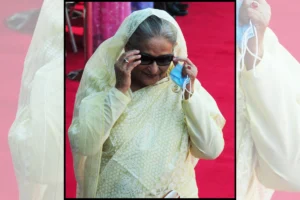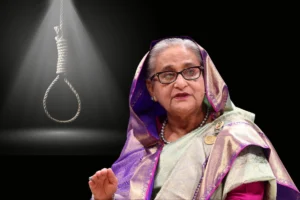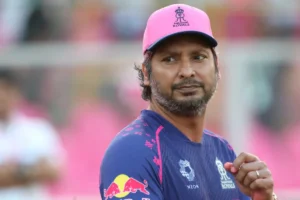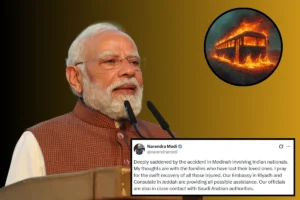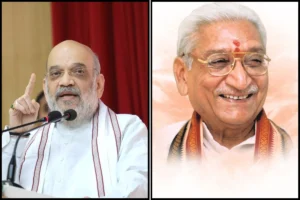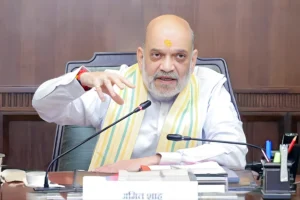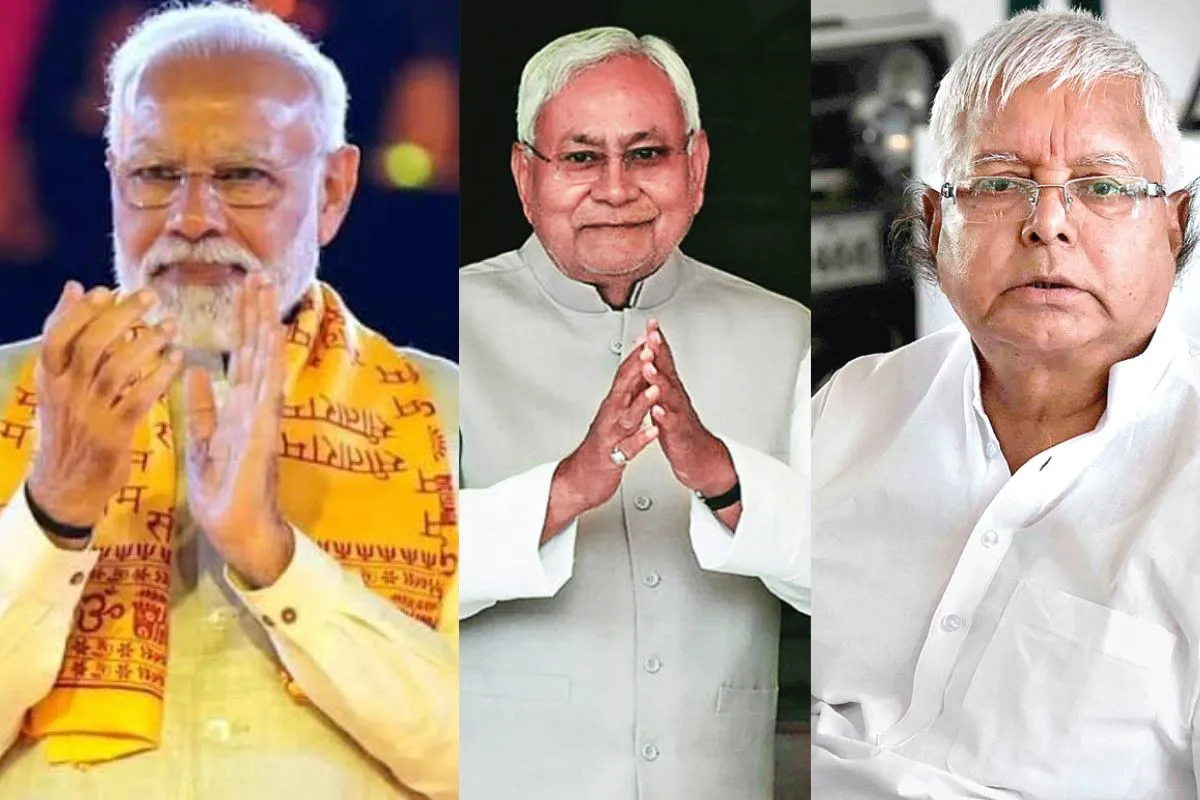
Prime Minister Narendra Modi, Nitish Kumar, Lalu yadav
Why is caste a permanent factor in Indian politics? We ask this question in the wake of the ongoing debate over the caste survey in Bihar. The matter has now escalated to the Supreme Court, following a petition challenging the Patna High Court’s decision on August 1 to validate the exercise. Earlier, the Nitish Kumar-led government had submitted a caveat to the Apex Court, urging it to hear its arguments before issuing any order.
The demand for a caste census in Bihar is not a recent development. Resolutions supporting this were passed in the state Assembly and Legislative Council in 2018 and 2020. In 2021, an all-party delegation from Bihar appealed to Prime Minister Narendra Modi for a nationwide caste census. Despite the central government’s refusal, Nitish Kumar’s cabinet initiated a preparatory process for a caste-based population count last year. The first phase of this process commenced on January 7, 2023, followed by the second stage on April 15, intended to conclude on May 15. However, the Patna High Court imposed an interim stay order.
It is reported that the offline portion, which comprises approximately 80 percent of the demographic exercise, has already been completed. The remaining task of online data entry is expected to be finished by August 10-12.
The Congress Party, along with regional parties such as the Samajwadi Party, Rashtriya Janata Dal (RJD), and Janata Dal (United), which have long advocated for this cause, are supporting the move. The ruling DMK in Tamil Nadu, Hemant Soren’s Jharkhand Mukti Morcha (JMM) in Jharkhand, and Sharad Pawar’s Nationalist Congress Party (NCP) in Maharashtra, have also endorsed the call for a nationwide caste census. The Biju Janata Dal (BJD), generally supportive of the government on most matters, has sided with opposition parties on this issue. In addition, the Bihar state unit of the BJP is finding it challenging to openly counter the demand.
The question arises: Is it a necessity or a compulsion for these parties to support the caste census? It seems to be both – a necessity from a socio-economic perspective and a compulsion from a political standpoint. The first-ever census in India was conducted in 1872. The first such exercise in independent India took place in 1952, and the country has since then counted and published separate data on Scheduled Castes (SCs) and Scheduled Tribes (STs). India also releases data related to the religions, languages, and socio-economic statuses of its population. However, a caste census implies the inclusion of a caste-wise tabulation of India’s population that covers all castes, not just SCs and STs. The latest such census data was published in 1931, revealing that the total population of Other Backward Classes (OBCs) constituted about 52 percent of the country’s total demographic. It is only conjecture how this ratio has changed over the past nine decades. Opposition parties find this lack of information unacceptable, particularly when caste forms the basis for many social welfare benefits. They argue that without a caste-based census, a large segment of the population could be deprived of these welfare measures, and that such data is necessary to reconsider the 27 percent OBC reservation.
Interestingly, the last census data was released under the Congress-led UPA’s rule in 2011. Although caste-based statistics were compiled at the time, the Manmohan Singh government decided against disclosing them. The same Congress Party is now challenging the Modi government to either publish the 2011 census-based caste data or conduct a new caste census. Curiously, the BJP, which had previously vehemently demanded the release of caste-based data, is now hesitant to comply with either of the Congress Party’s demands. Instead, the central government has suggested that states conduct a caste-based census if they wish to do so. However, the issue is that, according to the Constitution, the census falls under the Union List, making it impossible for state governments to initiate this action independently. Their only option is to conduct a caste survey. The Karnataka government has done such a survey in the past, and the Nitish Kumar government is following suit. All signs suggest that other state governments may also find it challenging to resist similar demands.
The question of socio-economic necessity overriding political compulsion becomes apparent in this context. Given how instrumental this issue was in consolidating the OBC vote during the recent state elections in Karnataka, it’s expected that opposition parties will leverage this matter in the run-up to the Lok Sabha polls next year. Taking inspiration from the iconic Bahujan Samaj Party (BSP) leader Kanshi Ram’s rallying cry, “Jiski jitni sankhya bhari, uski utni hissedari” (the group with the larger population should have a proportionate share of resources), the Congress has already coined the slogan “Jitni abaadi, utna haq” (rights in accordance with the population).
Such slogans have socialist roots in Indian politics. Ram Manohar Lohia famously declared, “Sansopa ne baandhi gaanth, picchde pavein sau mein aath” (Sansopa has pledged that the backward classes will receive sixty percent of total national resources). Sansopa is the Hindi acronym for Sanyukta Socialist Party or the United Socialist Party (USP), of which he was a part in 1965.
Social justice is the primary focus of the newly-formed opposition alliance “INDIA,” with many of its member parties pushing to increase the 50 percent cap on reservation. Although the alliance may take substantial action towards this goal in due course, at present it serves as a political tactic to fracture the formidable OBC vote base of the BJP. The alliance leaders have calculated that the issue of a caste census could disrupt BJP’s alliances in major states like Uttar Pradesh. Up-to-date data on the OBC population could quieten anti-reservation voices nationwide, and “INDIA” could aim to divide the Hindu votes consolidated by BJP’s Hindutva using caste as a factor.
Many political observers agree that caste is perhaps the only potent issue that could weaken BJP’s robust Hindutva vote bank, which has made it nearly invincible in several states, at least in terms of forming a central government. Combining Hindu backward castes with minorities has always been a successful strategy in Indian politics since independence, as they together account for about 80 percent of the country’s total population.
The BJP is not oblivious to this strategy. However, it cannot risk alienating its traditional upper caste vote bank by openly supporting a caste-based census. The party’s strategists seem to be focusing on attracting the Most Backward Classes (MBCs) and backward Muslims to counteract the opposition’s move.
While political strategies may vary, there is no denying that a caste census would once again bring the issue of caste to the forefront of Indian politics. There’s a widespread belief that caste appeasement could pose a challenge to India’s unity, similar to that posed by religious fundamentalism. Indeed, caste-based population data would provide policymakers with a better understanding of the current resource distribution. However, it might also lead to certain disproportionately advantaged castes losing out, which could deepen caste divisions in society. The nation has not forgotten the unrest that followed the implementation of the Mandal Commission’s recommendations. Yet, it’s also true that VP Singh’s monumental step led to the rise of numerous OBC Chief Ministers in states like Bihar, Uttar Pradesh, Karnataka, and Odisha. Most of them came to power at the expense of the Congress, which was the dominant political force at that time. If the dynamics of Mandal politics return, the BJP could find itself in a similar situation. It remains to be seen whether the prospect of Mandal 2.0 could unite opposition parties to pose a credible challenge to the BJP.














